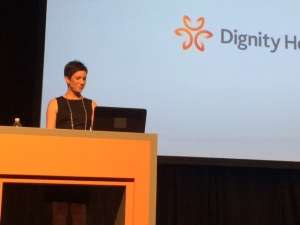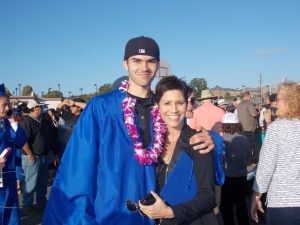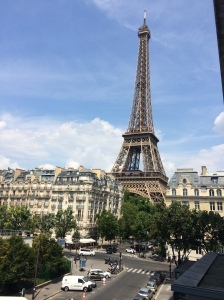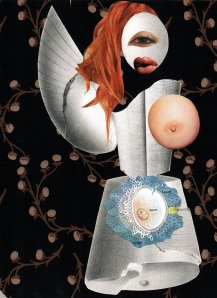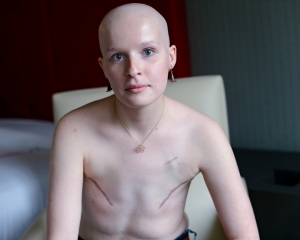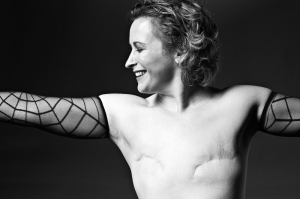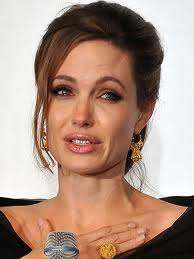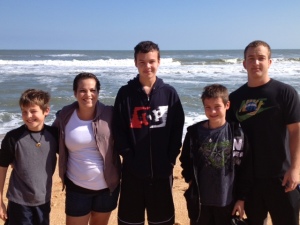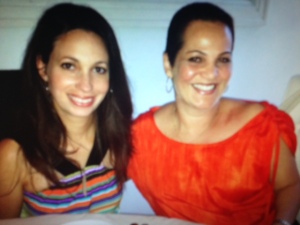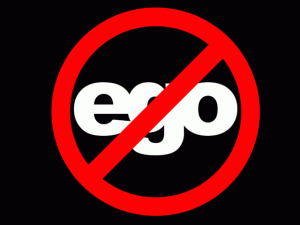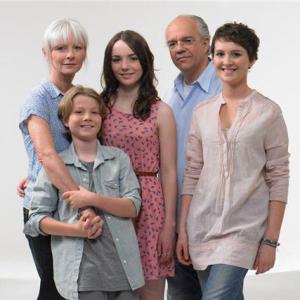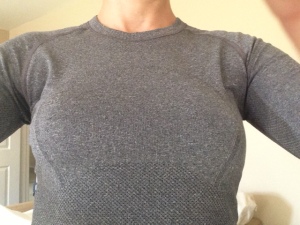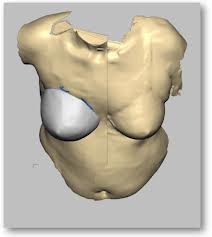I was asked to give a talk at Dignity Health’s (my employer for the past year) National Sales Meeting. The theme of the meeting was reaching the summit and persevering through a hard climb. Here is the presentation I gave and a long overdue update on my health.
The Reluctant Climber
This is my true story…
“You have breast cancer” was the name of my mountain.
I was driving between sales calls when the phone rang… Oh heck no I thought; I didn’t sign up to climb this mountain. Besides, I am way too busy for this challenge. I have appointments, meetings, lunches and conferences scheduled. This isn’t a good time for me to climb…
I went home to my family who had assembled in anticipation of this news. By then, it had sunk in and I knew that I was going to have to climb this mountain in order to save my life. It didn’t matter that I had not trained for such a climb, that I was not equipped, or that I didn’t know anything about this mountain. What mattered was that this climb, this summit, was my only way out.
My friends and family became my Sherpa’s; helping me to carry the load when I was not strong enough to carry it myself. My team of doctors and nurses served as my compass, guiding me through this journey. However like any trek over a mountain, taking those steps; one after the other through harsh terrain, would require a vast amount of determination, as well as physical and mental strength.
It helped me if I didn’t look too far ahead up the mountain, instead concentrating on the next step immediately in front of me. I could do that; I could take a baby step. And if I could do that, I could take another. And then another…
My legs felt like they weighed a million pounds and tears formed easily in my eyes, but I kept my head down and continued up the mountain. Treatment consisted of a lumpectomy and radiation. I continued to work through most of the treatments, willing myself to continue onward and upward.
After months of radiation, surgeries and healing, the doctors declared that the treatment was a success and they let me off the mountain. I came down feeling like I had dodged a bullet. My cancer was stage zero, and we had caught it early. This was more of a hike than a hard summit climb. I returned to my normal life and tried to put the mountain behind me.
2 years later I was thrust back onto the mountain when the breast cancer returned. The surgeons and oncologists recommended a mastectomy with a complicated reconstructive plan because of the previous radiation.
This time I was a little better equipped…I had some climbing experience and I even learned how to tie a knot or two in my safety line. But I still didn’t have any choice; I had to summit this mountain or risk death. The surgeries took place in stages, kind of like a high mountain climb with many plateaus and a lot of acclimating that had to take place. It was lengthy and painful.
When I was in the hospital the nurses kept asking me if I wanted graham crackers and juice boxes; I could see zebras painted on the walls. I figured it must be the morphine, because nothing else made sense.
When my pain was under control and I could see straight, the friendly night nurse told me that the hospital was full and I was being cared for in the pediatric wing. I was relieved to know that I wasn’t hallucinating and the sweet demeanor of those nurses got me through some hazy painful days. I never forgot their kindness towards me.
Eventually I healed and the doctors again declared the treatment a success. I was released to return to my life off of that unforgiving peak.
A year later my hand kept wandering to a pain that I just couldn’t ignore. The pain was in the same exact spot that had been originally biopsied. I figured it must be scar tissue. After all, I had undergone a half- dozen surgeries to that area over the last couple of years.
My surgeon reassured me that it was probably scar tissue but given my history a biopsy was warranted. The call came in around dinnertime. “I’m sorry Trina, but the cancer has come back in an invasive and aggressive form. We will need to do a PET scan right away to see if the cancer has spread to other parts of your body. You will likely require more surgeries, chemotherapy and additional radiation.” I was stunned, silent, scared.
This time the air was much thinner on the mountain, because I could hardly breathe. I felt my knees becoming weak and I wept openly. I cried until I couldn’t cry anymore and then I raised my chin up as high as it would go and said out loud through a long exhale, “Okay.” The word okay would become my personal mantra, as if to say to myself, “You’re okay, you can do this, okay let’s roll, okay you are winning this one.”
It would only take one look into my son’s eyes to know that I would need to summon all of the courage, strength and endurance that I possessed to get up and over this mountain once and for all. There was no way I was going to leave him behind.
I did inventory. What had I learned from my previous two battles with breast cancer? Who could I rely on to be there for me while I underwent treatments that would feel like a near-death experience? What was I supposed to learn from this experience that I hadn’t learned yet? What could I do differently to prevent this from coming back again? And was this the hill that I was going to die on?
I was on that 3rd mountain for almost 2 years. I had many complications that resulted in many surgeries. My body just couldn’t take that much radiation and chemo without a major revolt. I won some battles and I lost some. But I never gave up. I never felt sorry for myself. I never stopped putting one foot in front of the other. I just kept going until I finally reached the top.
Slowly my body healed and things like hair and fingernails grew back. I grew stronger and more confident after persevering through a challenge as great as this. I was ready to return to work and believe it or not, ready for a new challenge.
I saw a posting for a Market Development Representative position with Dignity Health. My mind went to all of the wonderful nurses, techs, and staff that I had come in contact with throughout my journey. It was always Dignity Health facilities that took care of me. It was that Human Kindness that I wanted to be a part of and it was that value that I wanted to represent. I applied for the job.
Today, I am nearly 3 years cancer free. My son turned 18, graduated from high school, and started college. He and I just returned from a celebratory trip to Europe; we have so much to be grateful for.
Being a patient of Dignity Health has helped me to understand how important all of our work is. It has taught me a deeper level of empathy for our patients and helps me see that the journey in our hospitals is equally as important as the outcome. It has also taught me the importance and healing power of Human-kindness. When I see patients in our hospitals I look them in the eye, greet them and say a silent prayer for their safe climb.






